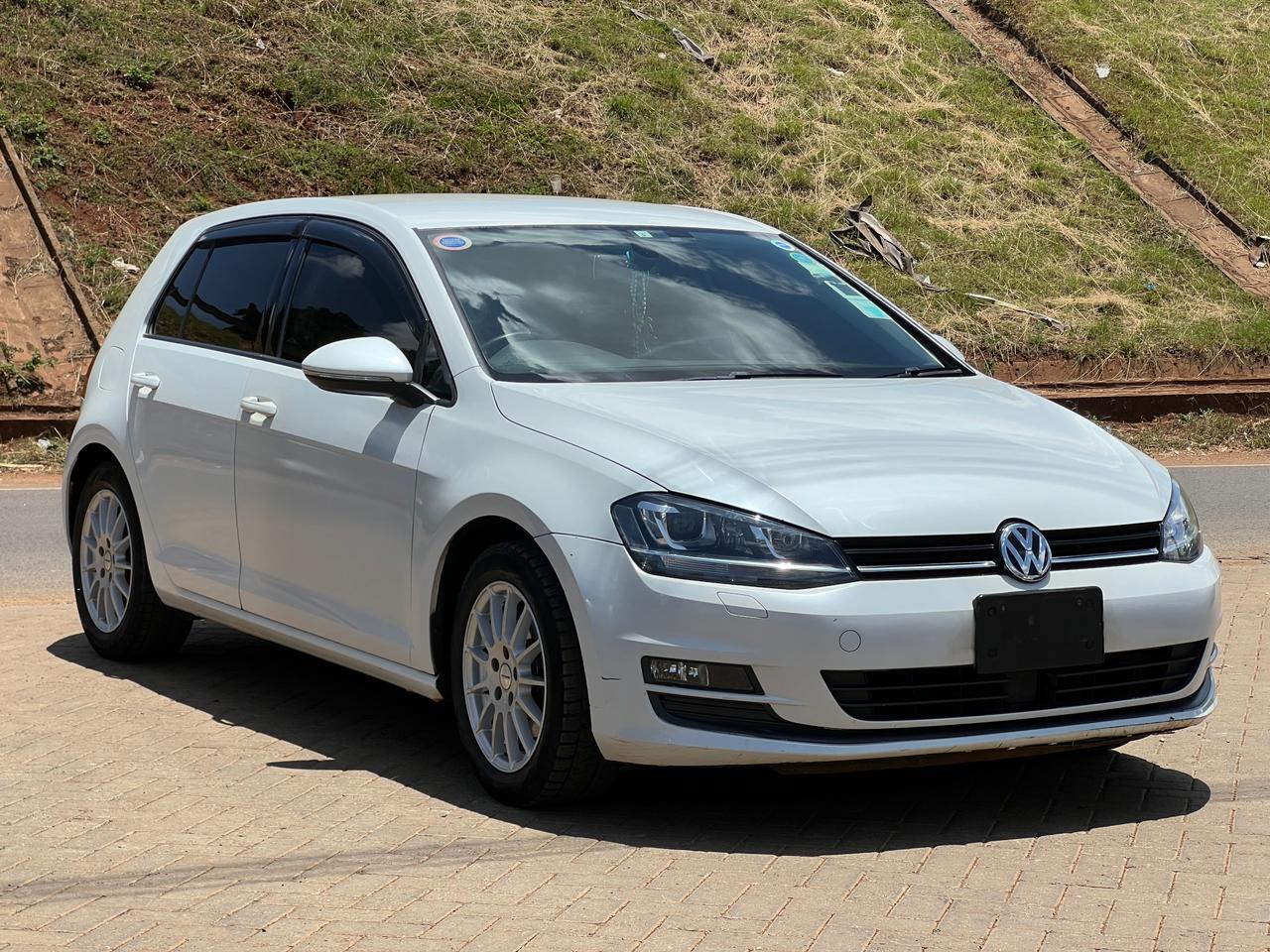Why Plug-in Hybrids Are the Perfect Middle Ground in 2025
Why Plug-in Hybrids Are the Perfect Middle Ground in 2025
As the global auto industry moves at full speed toward electrification, car buyers in 2025 find themselves facing a pivotal question: go full electric, stick with traditional gasoline, or find balance in between? The answer for many lies in the often-overlooked but increasingly popular plug-in hybrid vehicle (PHEV) — a perfect middle ground between gasoline reliability and electric innovation.
This article breaks down why plug-in hybrids are gaining traction in 2025, how they compare to EVs and gas cars, and which models are making headlines this year. Whether you’re a budget-conscious driver, a road tripper, or an eco-warrior, plug-in hybrids might just be your best move.
🔋 What Is a Plug-In Hybrid Vehicle (PHEV)?
Before diving into why they’re booming in 2025, let’s define what a plug-in hybrid actually is.
A PHEV combines:
-
An internal combustion engine (ICE) — for long-distance or when the battery depletes.
-
An electric motor — for zero-emission driving during short commutes.
-
A rechargeable battery — charged via a wall outlet or charging station (like an EV).
Unlike regular hybrids (like the Toyota Prius), PHEVs can run purely on electric power for a limited range — usually 20 to 60 miles — before the gas engine kicks in. That’s enough to handle most people’s daily driving on electricity alone.
🚗 Why Plug-In Hybrids Are Trending in 2025
In 2025, automakers are rapidly introducing electric vehicles. Yet, EV charging infrastructure and range anxiety are still concerns for many. That’s where plug-in hybrids shine.
✅ 1. Electric When You Want It, Gas When You Need It
PHEVs offer flexibility: drive electric during your work week, and use gasoline for long trips or when chargers are scarce.
For instance, the 2025 Toyota RAV4 Prime gives you:
-
42 miles electric range
-
600+ miles total range with gas
You get EV perks without the EV headaches.
✅ 2. Better for the Environment (Without Sacrifice)
PHEVs significantly reduce emissions compared to traditional cars, especially for short trips.
According to the EPA:
-
A PHEV driven mostly on electric power can cut emissions by 40-60%
-
Even occasional gas use still keeps overall emissions low
This makes PHEVs a great option for environmentally conscious drivers who aren’t ready to go fully electric.
✅ 3. More Affordable Than EVs
While EVs often have higher upfront prices due to battery costs, PHEVs are:
-
Cheaper than most full EVs
-
Still eligible for federal tax credits (up to $7,500 in the U.S.)
-
Cost-effective to run, especially with rising gas prices
Charging at home is significantly cheaper than fueling up at a gas station, and PHEVs allow you to choose when and how to use each.
✅ 4. No Range Anxiety
Even the most advanced EVs in 2025 still face one issue: range anxiety.
-
Road trips? Cold weather? Limited charging stations? These all impact EV range.
-
With a plug-in hybrid, the gas engine is your backup.
-
You’ll never be stuck looking for a charger in the middle of nowhere.
✅ 5. Charging Flexibility
PHEVs don’t require fast-charging stations. In fact:
-
Most charge fully overnight with a regular 120V outlet.
-
No need for expensive home chargers.
-
No waiting at public stations if you’re in a rush — just drive on gas.
🏆 Best Plug-In Hybrids of 2025
If you’re considering a PHEV in 2025, here are some of the top-rated models on the market right now.
🔹 1. Toyota RAV4 Prime (2025)
-
Electric Range: 42 miles
-
Total Range: 600+ miles
-
Power: 302 hp
-
0-60 mph: 5.7 seconds
The RAV4 Prime continues to dominate the plug-in hybrid market. It blends speed, utility, and EV efficiency with Toyota’s legendary reliability.
🔹 2. Hyundai Tucson Plug-in Hybrid (2025)
-
Electric Range: 33 miles
-
Power: 261 hp
-
MPGe: 80+
A practical crossover with a modern design, the Tucson PHEV is perfect for families who want savings without sacrificing comfort.
🔹 3. Kia Sportage Plug-in Hybrid (2025)
-
Electric Range: 34 miles
-
MPGe: 84
Kia nails the balance of style, comfort, and value. The Sportage PHEV is ideal for urban dwellers and suburban commuters alike.
🔹 4. Ford Escape Plug-in Hybrid (2025)
-
Electric Range: 37 miles
-
MPGe: 105
Ford keeps refining the Escape PHEV with better tech and smoother performance, making it a solid bet for 2025.
🔹 5. Volvo XC60 Recharge (2025)
-
Electric Range: 41 miles
-
Power: 455 hp (yes, really!)
-
Luxury meets efficiency
If you want a PHEV with luxury and power, the XC60 Recharge is for you. It blends Scandinavian minimalism with green performance.
⚖️ PHEV vs EV vs Gas: A 2025 Comparison
| Feature | Plug-In Hybrid | Full EV | Gasoline Car |
|---|---|---|---|
| Electric driving | ✅ Yes | ✅ Yes | ❌ No |
| Long-range backup | ✅ Yes (gas) | ❌ No (range limit) | ✅ Yes |
| Emissions | Low | Zero | High |
| Charging at home | ✅ Easy (120V) | ✅ Yes (240V best) | ❌ Not needed |
| Fuel station trips | ✅ Rarely | ❌ Never (unless hybrid) | ✅ Frequently |
| Cost to operate | Low | Very Low | High |
| Purchase cost | Moderate | High | Low |
| Ideal for | Commuters, road trippers | Eco-drivers with home charging | Traditionalists |
💡 When Is a PHEV the Right Choice?
Choose a plug-in hybrid in 2025 if:
-
You commute daily under 30–40 miles
-
You want fuel savings without changing your lifestyle
-
You take frequent road trips
-
You're in areas with limited charging infrastructure
-
You want to transition to EV life gradually
🛠️ Tips for Getting the Most Out of Your Plug-In Hybrid
-
Charge Overnight: Use a standard outlet or Level 2 charger if possible.
-
Drive Electric as Often as You Can: Save gas for the highway or emergencies.
-
Monitor Battery Levels: Use apps or in-dash tech to track range and optimize trips.
-
Use Regenerative Braking: Most PHEVs recharge slightly when braking.
-
Stay Updated on Incentives: Federal and state rebates can lower costs.
📉 Will Plug-In Hybrids Be Phased Out?
There’s been speculation that plug-in hybrids are just a transitional technology.
Here’s the truth:
-
PHEVs are more than a stepping stone — they’re practical long-term solutions.
-
Many automakers, like Toyota and Hyundai, plan to keep developing them alongside EVs.
-
In countries where charging infrastructure grows slowly, PHEVs provide a bridge to full electrification.
In 2025 and likely beyond, PHEVs serve a vital role in making sustainable transportation accessible to everyone — not just early adopters or urban drivers.
🌍 Conclusion: The Balanced Choice for 2025
As the EV vs. gas debate rages on, plug-in hybrids quietly offer the best of both worlds: electric efficiency for your everyday drive, gasoline backup for weekend escapes. In 2025, they’ve hit their stride — smarter, more efficient, and packed with features.
Whether you're new to electric driving or just not ready to ditch the gas pump completely, plug-in hybrids are your ideal stepping stone. They reduce your carbon footprint, lower your fuel costs, and ease your range anxiety — all without requiring a complete lifestyle change.
So if you're ready to drive into the future — but with one foot still on familiar ground — maybe it's time to plug in and power up.





Comments